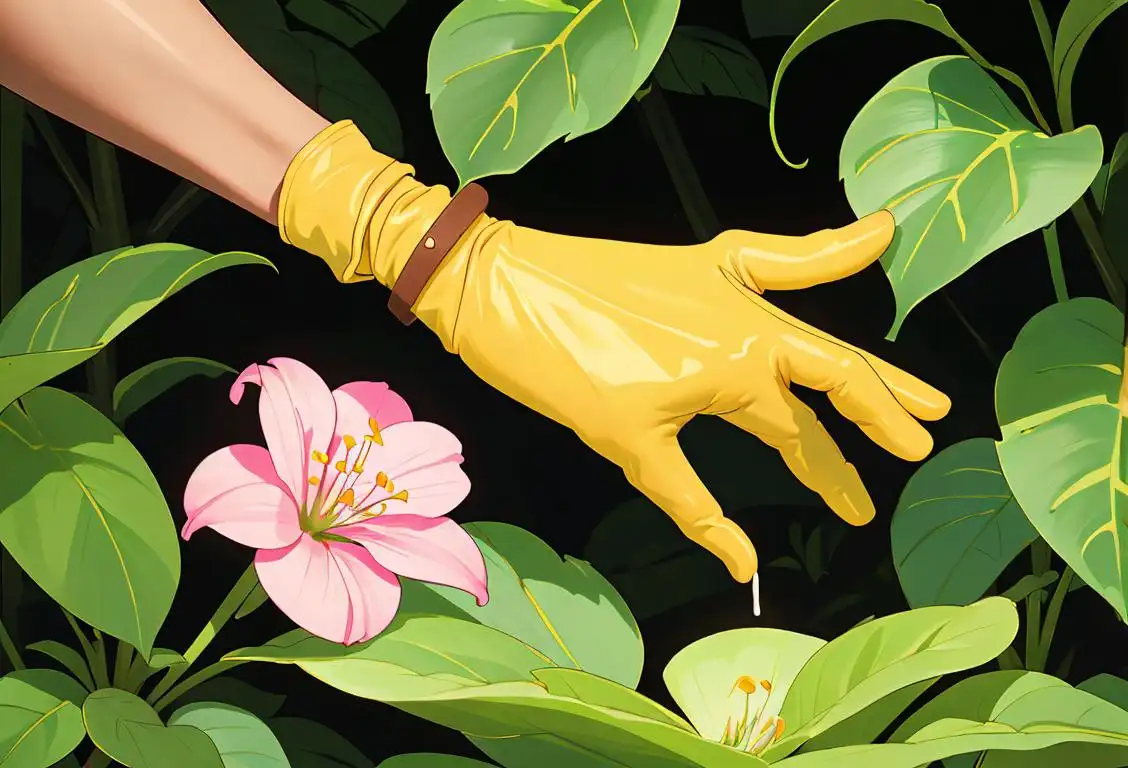National Handwriting Day

Welcome to the celebrated day where we pay homage to the beauty of handwritten letters - National Handwriting Day! The day when we put our styluses down and our text-typing thumbs into hibernation to appreciate the art of handwriting has made quite some waves online. It's time for a trip down the memory lane of internet history, to an eventful day of swirls, swooshes and scratchings.
When is Handwriting Day?
It's national handwriting day on the 23rd January.
When did this Start?
National Handwriting Day is celebrated on January 23rd, a wonderfully chosen nod to John Hancock's birthday, the first person to sign the U.S Declaration of Independence. The Writing Instrument Manufacturers Association started this initiative in the 1970s, aiming to promote the consumption of pens, pencils and writing paper. Little did they know that the digital world would embrace this day with a special appreciation for the elegance and personal touch handwriting brings.
A Digital Celebration
January 23, 2017, was not just another day on the internet. There were 10137 mentions of National Handwriting Day that echoed across cyberspace, nudging users to drop their devices for a moment and embrace the romanticism of penning down thoughts the good old fashioned way. It was a beautiful online rally of nostalgia, promoting the noble and nearly-forgotten art of handwriting.
Facts and Personalities
The internet also became a platform where people shared their handwriting styles, facts about handwriting psychology and even celebrity handwriting analyses. Notable mentions include influencers encouraging their followers to write, reminiscing their school days and even a few hilarious renditions of doctor's prescription notes.
Keeping the Tradition Alive
Every year since then, the online community comes together to celebrate National Handwriting Day, carrying forward the tradition one handwritten note at the time. Join the celebration next year and let the power of your handwriting flow!
History behind the term 'Handwriting'
2000 BCE
The Birth of Writing
In Mesopotamia, cuneiform script emerged as one of the earliest forms of writing around 2000 BCE. Developed by the Sumerians, it involved impressing wedge-shaped marks onto clay tablets using a stylus. Although not technically handwriting as we know it, this marked the beginning of recorded human communication.
800 BCE
The Greek Influence
The Greek alphabet, which laid the foundation for the modern Western alphabet, was created around 800 BCE. It was a significant step toward handwriting as each letter had a unique shape and could be combined to represent different sounds. This innovation allowed for greater precision and expressiveness in written communication.
3rd Century BCE
The Roman Script
The Roman script, also known as Latin script, evolved from the Greek alphabet. It introduced the concept of lowercase letters and started to resemble the handwriting we are familiar with. These lowercase letters were easier to write and paved the way for more efficient and fluid handwriting styles.
14th Century CE
The Invention of Paper
The invention of paper in 2nd-century China revolutionized the practice of handwriting. It replaced costly materials like papyrus, parchment, and clay tablets, making writing more accessible to a wider range of people. With the introduction of paper, handwriting became more widespread and available to the general populace.
15th Century CE
The Arrival of Printing Press
Johannes Gutenberg's invention of the printing press in the 15th century had a profound impact on handwriting. As printed materials became more common, the need for individuals to write by hand decreased. Handwriting shifted from a means of mass communication to a more personal and individualistic form of expression.
19th Century CE
The Rise of Penmanship
With increased emphasis on education, the 19th century saw a rise in the teaching and standardization of penmanship. Schools began formalizing handwriting instruction, developing various handwriting styles such as Spencerian and Palmer method. These systems emphasized legibility, speed, and aesthetic qualities in handwriting.
20th Century CE
Digital Revolution and Beyond
The advent of computers and digital technology in the late 20th century has further transformed the way we write. Handwriting has taken a backseat to typing and digital communication, rendering it less necessary in everyday life. However, it still holds its charm as a unique form of personal expression and remains an essential skill for many professions.
Did you know?
The Chinese hold the oldest surviving handwriting; an ink-on-silk note from 250 BC! You might not need to go that far back, but why not dust off a few old letters for a trip down memory lane.Tagged
awareness fun nostalgia handwritingFirst identified
8th October 2015Most mentioned on
23rd January 2017Total mentions
10137Other days
Handwriting Day
Parents Day
Cousins Day
Retro Day
College Colors Day
Bugs Bunny Day
Thumb Awareness Day
Soft Ice Cream Day
Emo Day
Loli Day







